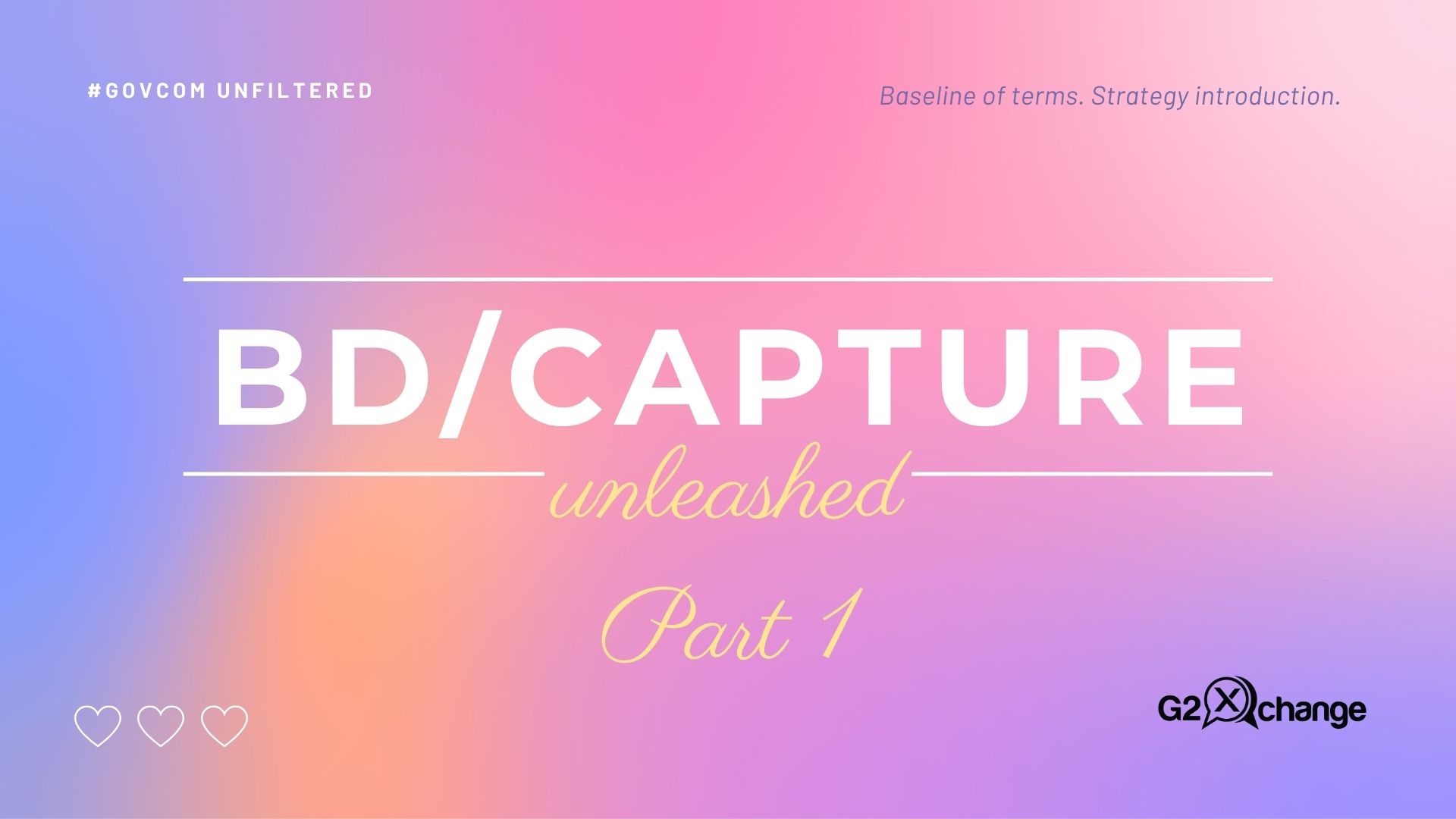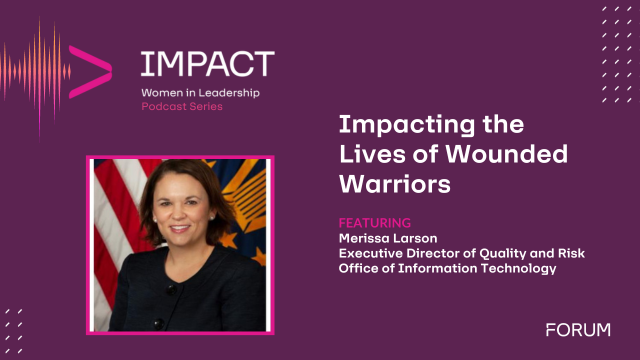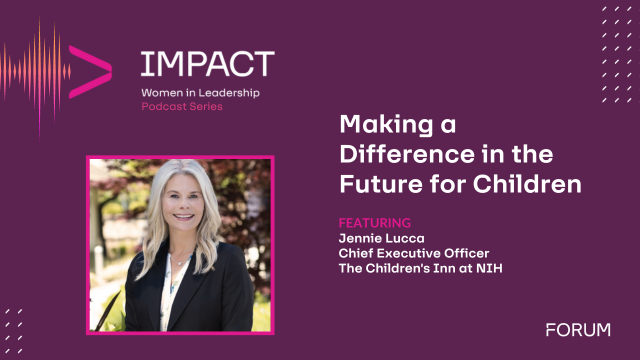FHIR. We’ve all heard the buzzword but what promise does it really hold? In this month’s article, Mike Farahbakhshian kicks off the new year in style by explaining FHIR’s appeal to multiple generations and their specific health needs. Suggested drink: Molotov Cocktail Goblet of Fire!
I Am the God of Hell-FHIR! And I Bring You…
Well, Meaningless Useketeers, it’s finally happened. Health Level 7 has finally released the Fast Health Interoperability Resources (FHIR) Release 4. This, of course, is of great joy to standards nerds and software architects alike. But what about the rest of you guys? Is FHIR just a buzzword like “blockchain” or “microservices?”

I guess you can say this is a burning question that’s been on my mind.
Have no fear, I’m here to help by explaining FHIR’s real power. Rather than give you a sterile, clinical description of its features, I will show how FHIR can help Healthcare providers meet specific health needs that differ by generation. In exchange for reading, I’ll provide generationally appropriate music, all with a FHIR-appropriate pun name. (Hey, everyone needs a gimmick.) It’s like a Skinner Box, but for education!
Before we, uh… FHIR it up, I want to go over a few administrative notes. First, to define generations, I use the Pew Research Center’s definition.
 Second, I’m skipping the Greatest Generation, because they’re all 91 or over. I’ll be blunt. There’s nothing FHIR can do to improve quality of life for this generation. By the time there is a decent FHIR implementation, they will have passed.
Second, I’m skipping the Greatest Generation, because they’re all 91 or over. I’ll be blunt. There’s nothing FHIR can do to improve quality of life for this generation. By the time there is a decent FHIR implementation, they will have passed.
Finally, I wasn’t kidding when I said all my generationally appropriate music will be a FHIR pun. If you hate puns, which presumably means you’ve never read anything I’ve written before in your life, bail now. You were warned. No groaning. Got it? Good.
Great Balls of FHIR! The Silent Generation Needs a Plan
If you came of age when “Great Balls of Fire” was written, here’s the bad news: You’re old. Here’s the good news: It’s the best time in human history to be old. As we age, we deal with many comorbid and chronic issues. A treatment protocol for your heart may conflict with one for your liver, or your blood sugar. Maybe physical exercise is good for one problem but exacerbates another. If you’re in the Silent Generation, you’ve got a lot going on!
When there’s a lot of care going on, you need coordination. With complex or chronic health conditions, patients will expect frequent episodes of care involving multiple providers.
Enter the Care Plan.
Think of Healthcare like office productivity. Outlook (or Lotus notes, if you’re weird) is like your patient portal. It provides an “at-a-glance” view of your tasks, relevant information and communication between stakeholders. SharePoint, or your database, is like your Electronic Health Record. It stores all the relevant information for you to use and access and share with appropriate parties.
Care Plans here are like a workflow tool, that let you route information to appropriate parties who can approve, deny, append or otherwise intervene at key decision points. If your cardiologist puts you on a blood thinner that will cause issues with your kidneys, someone has to know and communicate this information. These interventions are derived from clinically relevant order sets, protocols, clinical practice guidelines, etc. It’s all part of the workflow!
Paper Care Plans don’t work. Care Plans that depend on the patient alone will not work. Everyone needs to be on board.
So, what goes in a Care Plan? Glad you asked. Many important data points go into any individual Care Plan, including:
Purpose of the Care Plan: A Care Plan usually handles a complex condition or series of conditions. Think metabolic syndrome, congestive heart failure, or multiple chronic conditions. There can be many care plans that interrelate.
Patient Background: This includes demographic information, relevant medical history, vitals and results of physicals. You wouldn’t want a Care Plan that prescribes high impact jogging for someone with bad knees, so history matters.

Care Plans: Ugly Code Serving Humanity.
Care team members: This includes clinicians, caregivers, technicians, and the patient themselves. Examples include:
- Primary Care Physician: Dr. Patricia Primary
- Patient: Mr. Bob Anyman
- Diabetic Educator: Ms. Edith Teaching
- Dietitian/Nutritionist: Ms. Debbie Nutrition
- Exercise Physiologist: Mr. Ed Active
- Pharmacist: Ms. Susan Script
- Optometrist: Dr. Victor Vision
- Podiatrist: Dr. Barry Bunion
- Psychologist: Dr. Larry Listener
- Emergency Department Physician: Dr. Eddie Emergent
- Hospital Attending Physician: Dr. Allen Attend
- Home Health Services: Nurse Harry Home
- Clerical Staff: Ms. Nancy Notifier
List of Activities: Think of this as the “To do list” that describes what should be done; what actually was done; and by whom, where, and when. This often aligns to swim lanes tied to the players (e.g., patient, PCM, specialists, provider network, PT, pharmacy, etc.).
So, if you’re a member of the Silent Generation, you’re probably managing a lot of health issues at once. FHIR’s ability to enable Care Plans lets you make sure your Healthcare isn’t conflicting with itself and that you enjoy the greatest quality of life in your golden years. If that doesn’t make you shout “Goodness Gracious, Great Balls of FHIR!” I don’t know what will.
We didn’t start the FHIR: Baby Boomers Need Interventions
For all the talk about the Millenial Kill List, it’s you Baby Boomers – all 75 million of you – and your aging that will kill our Healthcare system if we don’t make some serious adjustments. That’s because you are living longer, but unhealthier lives.

Baby Boomers: Turn On, Tune In, Drop Out? More like Tune Out, Turn In, Drop Dead.
And there’s 75 million of you! 75 million! That’s a lot of problems affecting a lot of people, that will take a lot of resources to address for a very long time.
All of the Care Plan stuff we saw earlier? Boomers – what you’re going to love about FHIR is the ability to automate those Care Plans with Intelligent Software Agents.
Intelligent Software Agents are just like the AI chatbots that are destroying the world and poisoning public discourse. They monitor Care Plan progress and handle the mundane tasks so that humans can focus on value. They look for conflicts and non-conformance: Are you taking Coumadin with Vitamin K? Are you actually sticking to your low-carb diet? They send reminders, and enable clerical support for billing, coding, and referrals. Where appropriate, they alert primary care physicians or specialists.

Betsy needs the robot overlords to help manage all of her issues.
Intelligent Agents let you and your care network track progress and perform interventions. As the patient, or a care team member does something relevant, the Intelligent Agent updates the Care Plan to be fresh and current. It attaches output, reports, communication needs, and actions, including patient reported measurements such as weight, blood pressure, or whatever your FitBit is spying on
The reasons are simple. You, the patient, will know what to do and will be encouraged to be compliant. Care team members know what to do and how it relates, and your primary care manager can see everything. Yet Intelligent Software Agents are doing all the grunt work!
The result is better outcomes with less churn.
So how is this done? I’m glad you asked. There’s an Open Source API mechanism designed in parallel with FHIR called CDS Hooks. CDS Hooks enable Intelligent Agents to make clinical decisions as part of your Care Plan workflow. They are synchronous and real-time, and for you standards nerds, it’s all RESTful and works with SMART on FHIR. For normal folks, it means an automated intervention. This is what CDS Hooks enables:
- A hook, when triggered, returns useful and relevant information to be displayed (e.g. education, analysis, finances).
- Where appropriate, a CDS hook will return suggestions of actions to take (e.g. alternative prescriptions).
- A CDS hook might also tell you a better application to use.
Here’s an example. Let’s say you’re have a medical order for a beta blocker like Metroprolol (Toprol). A patient or provider is provided information – what is the cost and copay? The patient provider is also provided suggestions: Maybe use a different medicine that is cheaper or has fewer contraindications or negative interactions. Perhaps if your medical order is part of a larger chronic condition, you’ll get a recommendation to try an application to manage your condition more effectively.

This sounds amazing until you realize it’s what Amazon and Google have been doing for a decade.
All of this automation saves time and improves accuracy. As Baby Boomers age, with more troubles on their plate and less time to address them, automation and Intelligent Agents help you get ahead of the curve and will help our already overtaxed system handle the load. Aging Boomers are a demographic time bomb about to blow up on our Healthcare system, and although you didn’t light it, we’re trying to fight it…
FHIR Frei! Generation X Needs to Feel Less Insecure
I almost went with FHIRStarter as the title of this section, but I don’t think it captures the sheer anger and malaise that defines Generation X. And boy are we angry. Flamethrower angry.

Elon Musk: Generation X Poster Child.
There are many reasons to be angry, but overall, Generation X is the first generation to be worse off than their parents. Key touch points of their coming of age were 70’s malaise, 80’s excess, and 90’s recession. Stress-related health issues and substance abuse are major issues. At the same time, GenX is in the middle of its childrearing years. In addition to coordinating one’s own health, a GenXer has to worry about family health coordination and the security of his or her children.
I’d characterize GenX’s main issue as insecurity, not just in a psychological sense of malaise, but in control of one’s protected health data. What a GenXer needs from his or her care network is security, chiefly in the form of privacy, portability and transparency.

Also, Flamethrowers.
Here, FHIR shines brightly. FHIR 4.0’s security model ensures granularity so that your entire care network sees what they need to see and no more. More importantly, FHIR enables family member health history. This means that multiple family members in the same EHR can be linked to ensure a family pedigree and cross-correlation of any genetic or lifestyle health conditions.
This cannot come soon enough. Story time: I took a 23andMe exam many years ago and happened to find out that I have an inherited blood clotting factor. Around that time, a family member who was undergoing chemotherapy threw a pulmonary embolism. The doctors did not realize she shared the same factor. It took manual intervention on my part to point out that her treatment needed to be modified to accommodate the clotting disorder.
If I hadn’t taken the test, I’d never have known, and the clinicians would never have thought to look. That’s a bad outcome. With FHIR’s family pedigree and Intelligent Agents, situations like ours would be auto-flagged, improving outcomes and saving lives.
This won’t make Generation X less angry. But it will bring better outcomes for them and their families. And that’s all the middle children of history can realistically ask for. That and flamethrowers.
Set FHIR to the Rain: Oh, You Millennials…
Millennials, I promise there will be no avocado toast jokes here. Besides, you’ve probably killed it anyway. But I will speak to what FHIR can offer an otherwise young, healthy generation who doesn’t have the problems us old fogeys have. Yet. (Muahahaha.)
I’m required by law, and FedHealthIT best practices at this point, to talk about how digitally wired Millennials are. Please bear with me for the next three bullets.
- Mobile: Yes, you love your phones. FHIR is great for mobile access to your care network, including refilling prescriptions, making appointments, and secure messaging with your provider.
- Blue Button: As the first “digital generation,” Millennials are tech savvy and like control of their information, and FHIR enables Blue Button downloads and controlled access to your health record.
- Privacy: As with Generation X, Millennials have a bunch of information online, in the cloud, on social media. Having your health information open to the world is not a good thing. The emergence of “doxing” in the zeitgeist is a uniquely Millennial woe. FHIR’s security controls are here to help.
There. We get it. You love the Internet. Now let’s talk about the health problems you will face for the rest of your miserable lives.
Millennials will face a bleak health outlook. While most Millennials exercise more, there is a higher rate of mental health issues, especially loneliness, depression, and anxiety. I have already blamed addictive app design for some of these issues, but others are simply caused by the lackluster job market and crushing student debt. Accompanying these mental health issues are increased rates of tobacco smoking, binge drinking and obesity.
As mentioned, FHIR enables tracking of chronic health conditions and proactive coordination of Care Plans. If your FitBit points out you’re drinking too many craft whatevers, an Intelligent Agent and properly functioning Care Plan can kick off an intervention before you become broken and jaded like us GenXers.
Beyond these chronic conditions are “preclinical conditions.” With improved lab and genetic tests, conditions such as Alzheimer’s can be spotted decades in advance. What happens when you’re 22 and know you’re going to have Alzheimer’s? FHIR enables tracking of chronic conditions to align with any new advances in research. Once they find a cure for Alzheimer’s, wouldn’t you want to know? FHIR lets this information exchange happen in real time.
It’s important to keep track of genetic, chronic and lifestyle induced morbidity. Millenial life expectancy is expected to be shorter than GenX and Baby Boomers, and compared to these generations will have fewer cardiac issues but will suffer from a “toxic cocktail” of dementia, back pain and diabetes. And people wonder why Adele sings the blues at such a young age.
Chariots of FHIR: A Running Start
There you have it. Rather than bore you with a dry description of a Healthcare interoperability standard, I have bored you with a dry description of a Healthcare interoperability standard and pandered condescendingly to generational stereotypes! Thank you, YouTube and bad puns for letting me paper over my lack of actual knowledge about health IT!
Humor aside, I hope I’ve shown that FHIR is more than just a means of structuring and transporting health information today. It is a way to structure health information that allows for tracking of long-term chronic and lifestyle conditions. It is a way to transport health information that allows for a team of humans and robots to find and resolve problems before they become serious. It is a way of enabling the patient and provider full visibility over their own health, not just now, but for the rest of their life.
FHIR is a tool, but it is not a solution. An entire patient’s care network needs to be educated and motivated to use these tools properly, proactively and securely. What good is a Care Plan if no one follows up on it? What good is an Intelligent Agent if it has poor OPSEC? What good is tracking a lifetime of poor life decisions if it doesn’t help improve those decisions? FHIR helps, but we have a lot of ground to cover if we are to see these better outcomes in our lifetimes. Let’s hit the ground running.

And that wraps up another article from your favorite tech e-Vangelis-t.












